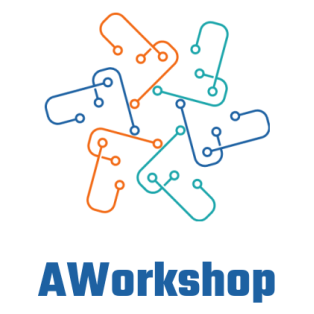Introduction
In an era where digital interaction shapes our entertainment experiences, YouTube has taken a significant leap forward by introducing real-time audience polling for live concerts and festivals. This innovative feature promises to enhance the viewer experience by allowing audiences to actively participate in shows, ultimately transforming the way artists connect with their fans.
The Evolution of Live Streaming
Live streaming has undergone a remarkable transformation over the past decade. From simple webcam broadcasts to high-definition multi-camera productions, platforms like YouTube have played a pivotal role in bringing live events to global audiences. As more people turn to online platforms for entertainment, the demand for interactive experiences has surged.
Historical Context
Historically, live concerts and festivals were exclusive events, confined to those who could attend physically. With the advent of the internet, artists began exploring ways to reach wider audiences. Initially, live streams served as a means to showcase performances remotely, but they lacked the interactive elements that connect artists with their fans on a personal level.
The Need for Audience Interaction
As digital experiences became the norm, the expectation for audience interaction grew. Fans desired not just to watch performances but to engage with them. Polling features, often used in television shows and social media, began to make their mark in the live streaming realm. YouTube’s introduction of real-time audience polling is a response to this demand, offering fans a voice in the performances they love.
How Real-Time Audience Polling Works
YouTube’s real-time audience polling feature enables viewers to participate in live events by responding to polls displayed on their screens. This interaction can occur during various segments of a concert or festival, such as:
- Song Choices: Fans can vote on which song the artist should perform next.
- Setlist Preferences: Viewers can influence the overall setlist by expressing their preferences.
- Interactive Questions: Artists can pose questions to their audience, seeking feedback or opinions on certain topics.
Implementation and User Experience
The implementation of this feature is straightforward. As the live stream progresses, polls will appear intermittently, allowing viewers to cast their votes in real-time. This engagement not only keeps fans entertained but also provides valuable insights to artists regarding their audience’s preferences.
Benefits of Real-Time Polling
Incorporating real-time audience polling into live events has several benefits:
1. Enhanced Engagement
Real-time polling encourages viewers to engage actively rather than passively consuming content. The element of choice fosters a sense of connection between artists and fans.
2. Personalized Experiences
By allowing audiences to influence performances, artists can create personalized experiences tailored to their viewers. This customization can lead to increased satisfaction and loyalty.
3. Valuable Feedback
Polling offers artists immediate feedback about their audience’s preferences, which can inform future performances and setlists. Understanding what resonates with fans helps artists enhance their craft.
Challenges and Considerations
While real-time audience polling presents numerous advantages, it’s essential to consider potential challenges:
1. Technical Issues
Live streaming technology is not foolproof. Technical glitches during polling can frustrate audiences and detract from the overall experience. Ensuring reliable infrastructure is critical.
2. Audience Diversity
Not all audience members may be willing or able to participate in polls. Some viewers may prefer to enjoy the show without interaction, so striking a balance is vital.
3. Data Privacy
With any interactive feature, data privacy concerns arise. YouTube must ensure that user data collected during polling is handled securely to maintain viewer trust.
Future Predictions
As technology continues to evolve, the future of real-time audience polling looks promising. We may see:
1. Advanced Analytics
With further development, artists could access detailed analytics on audience preferences, enabling them to tailor their performances even more accurately.
2. Integration with Other Features
Real-time polling may be combined with other interactive features, such as live chat or augmented reality, creating a multi-dimensional experience for viewers.
3. Global Reach
As more artists embrace this technology, we can expect a surge in globally streamed concerts and festivals, making international music experiences accessible to everyone.
Conclusion
YouTube’s introduction of real-time audience polling for live concerts and festivals marks a significant milestone in the evolution of digital entertainment. By empowering audiences to actively participate in performances, this feature not only enhances viewer engagement but also fosters deeper connections between artists and their fans. As the landscape of live entertainment continues to evolve, the integration of interactive elements like polling will play a crucial role in shaping the future of how we experience live music.
Final Thoughts
The digital age has forever changed the way we consume and interact with live events. YouTube’s innovative approach to audience polling is a testament to the platform’s commitment to enhancing user experiences and adapting to the ever-changing dynamics of entertainment. As we look ahead, we anticipate a future where live concerts are not just watched but experienced collectively, with every fan having a voice in the performances they adore.
